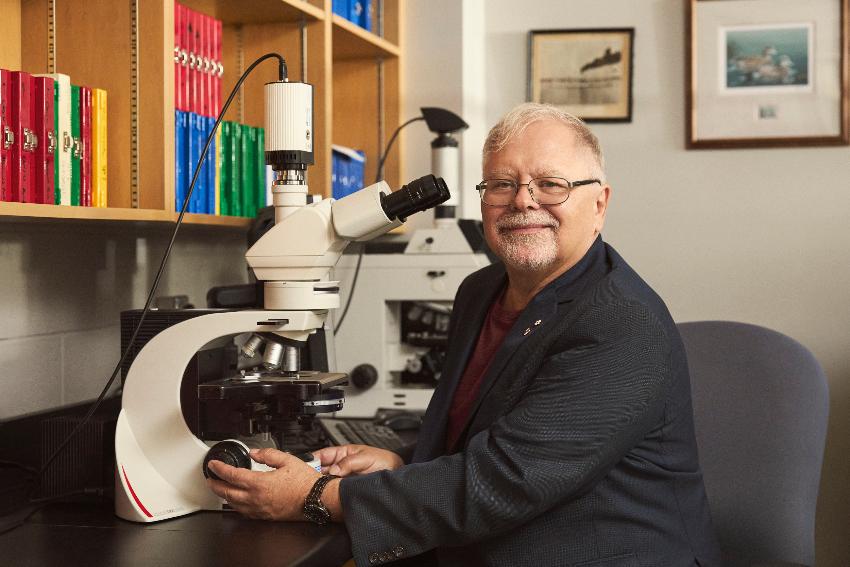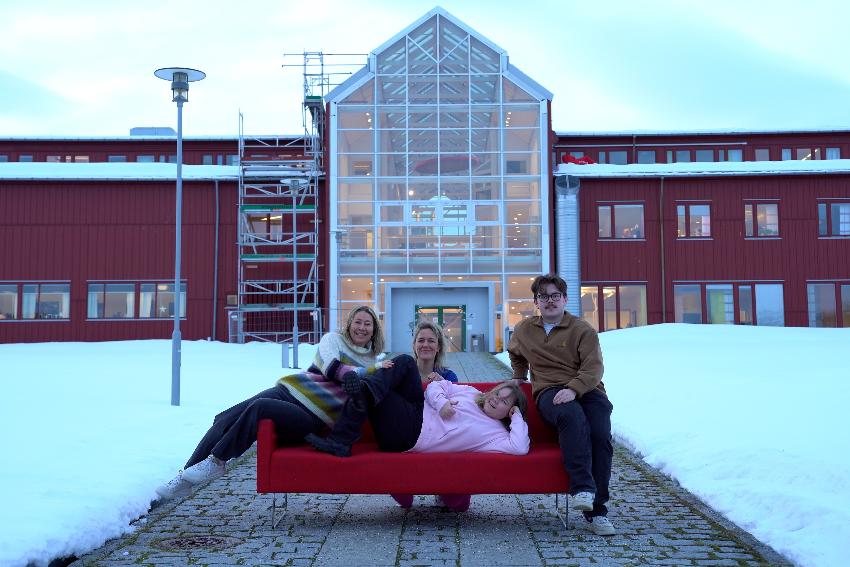This bacterium outsmarts our defenses, but we are on its heels
Meet Staphylococcus aureus, the ultimate microscopic escape artist that invades, adapts, tricks, and thrives within our bodies.
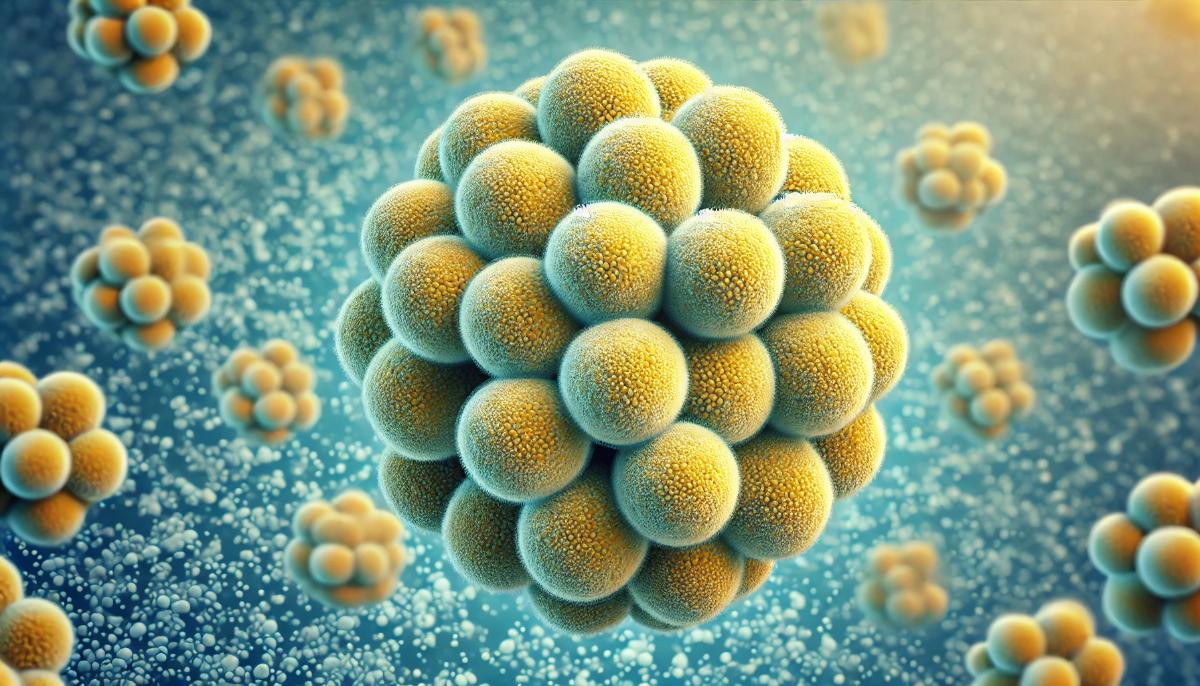
As part of the larger global crisis of antimicrobial resistance (AMR), the bacterium Staphylococcus aureus represents a formidable challenge.
You might have heard about MRSA? This is the version that is resistant to the antibiotic Methicillin, and it is pushing modern medicine to its limits.
Infections with Staphylococcus aureus range from mild skin irritations to serious life-threatening diseases like pneumonia and bloodstream infections. This places it on the centerstage of the ongoing battle between microbes and medicine.
The invisible battle inside your body
Whether it’s dodging your immune system’s attacks or hijacking your cells’ energy, this microbe has evolved survival strategies that challenge our immune system, and even our best antibiotics. The result is a brutal match between two hardcore players chasing each other inside your body.
On one side of this war is Staphylococcus aureus. On the other side is your strong immune system, constantly defending you.
But how does this tiny invader manage to outsmart such a powerful defense network as our immune system?
The bacteria’s strategy: Sensors, metabolism, and stealth
Now, our research has uncovered both the bacterium’s secret playbook and its weaknesses. We can exploit these findings to turn the tide in this microbial arms race.
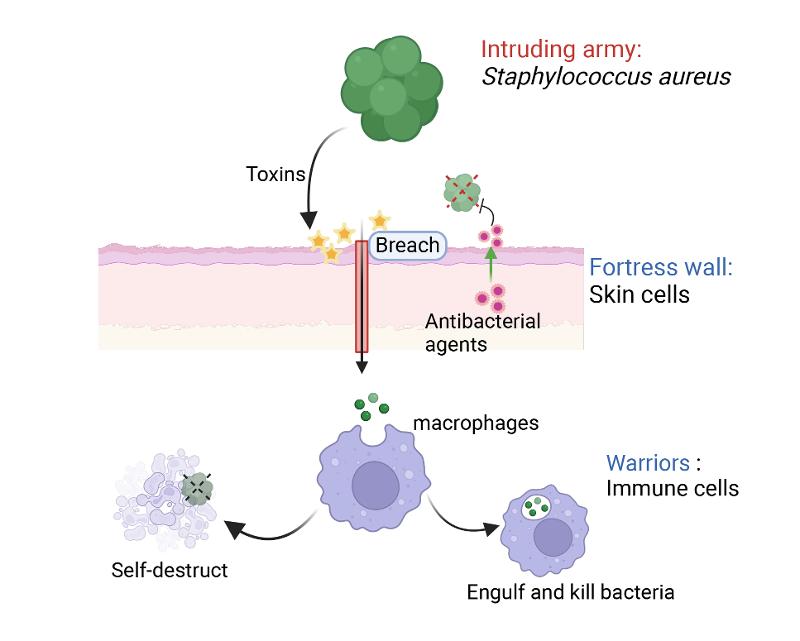
Our research discovered that Staphylococcus aureus is equipped with a "radar system" called a two-component system (TCS). This clever system detects threats and helps the microbe adapt and to attack cells and survive under tough conditions. If we disrupt this two-component system, the bacterium becomes weaker and less harmful. Now this presents us with an exciting path for new treatments.
When it is inside immune cells like macrophages on the other hand, the bacterium focuses on survival and resists attacks designed to destroy it. Meanwhile, in skin cells, Staphylococcus aureus avoids detection by disabling natural antibiotics and manipulating the body’s own energy molecules, to fuel its survival.
But Staphylococcus aureus doesn’t stop there. It’s also a metabolic shape-shifter and capable of adapting its energy use based on the type of cell it invades. It is like an electric car switching to petrol if there are no charging stations around, but there is a petrol station around the corner.
This dual attack strategy makes it a formidable opponent!
Your body’s defenses: Your skin, macrophages and food shortage
While Staphylococcus aureus is remarkably crafty in its attempts to evade the immune system, your body is anything but defenseless.
Your skin, the largest organ in your body, serves as the first and most robust line of defense. At its frontline are keratinocytes. They are specialized cells that form a tough physical barrier. Keratinocytes produce antimicrobial peptides, which are natural antibiotics that puncture the bacteria’s membranes. This creates a hostile environment for infectious agents like Staphylococcus aureus.
Beyond the physical barriers, you have macrophages that are the warrior cells of your immune system. They engulf invading bacteria and release toxic chemicals to destroy them. Macrophages also wage a more subtle battle by cutting off the bacteria’s access to iron, a vital nutrient for bacterial growth.
The counterattack: Bacterial survival strategies
Where macrophages are your body’s own warriors, Staphylococcus aureus is the ultimate survivalist and can counteract out immune responses. Staphylococcus aureus fights back with systems for scavenging iron where it can find it. It effectively steals iron from host proteins in order to continue its reproduction.
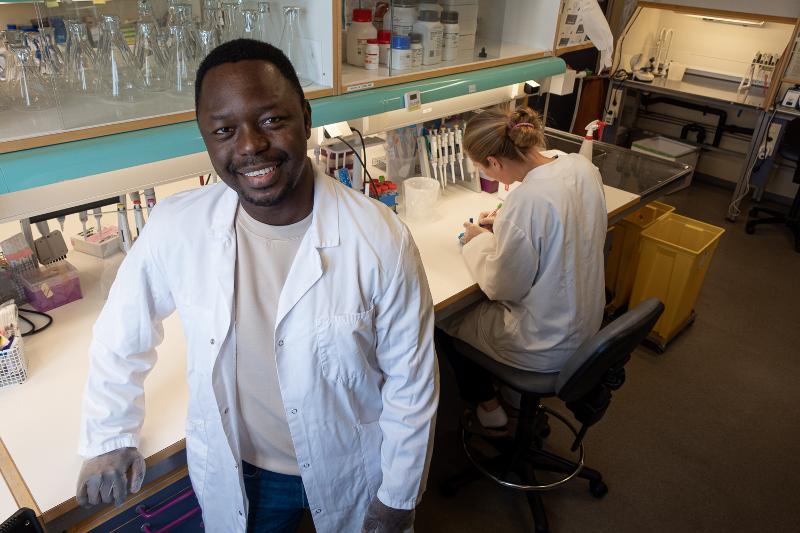
Even more sinister is its ability to manipulate the immune system’s macrophages into a chilling and ill-fated response. Faced with bacterial dominance, some macrophages initiate a kamikaze-like defense in form of programmed cell death. It is intended to contain the threat from the bacterium, but at the cost of the immune cell’s life.
It literally forces the immune cell to kill itself in a desperate last stand.
Why it matters to you
Now, this story is not just about understanding a single bacterium. It’s about arming ourselves with better tools in the fight against antibiotic resistance. The insights from this research pave the way for new treatments that do not rely on overused antibiotics. This in turn reduces the risk of bacteria becoming drug-resistant.
By targeting the bacteria’s control systems, or boosting the natural defenses of our cells, we could develop therapies that make infections easier to treat.
The bigger picture: AMR and Staphylococcus aureus
In the grand scheme of infectious diseases, Staphylococcus aureus stands out not only because of its ability to outwit the immune system. It is also important because of its rising resistance to antibiotics.
MRSA, for example, has become symbolic of the global antimicrobial resistance crisis. These strains are increasingly difficult to treat, and they are placing a growing burden on healthcare systems worldwide.
The AMR crisis that we are facing underlines the importance of understanding the interactions between us the hosts, and infectious microorganisms. By deciphering how Staphylococcus aureus slips through our immune responses, by the use of toxin production, biofilm formation, or metabolic adaptation, we hope to develop new therapies that can tip the scales back in favor of the immune system.
The future of modern medicine and the treatment of infections depends on it.
-
Fiskeri- og havbruksvitenskap - bachelor
Varighet: 3 År -
Fiskeri- og havbruksvitenskap - master
Varighet: 2 År -
Akvamedisin - master
Varighet: 5 År -
Bioteknologi - bachelor
Varighet: 3 År -
Arkeologi - master
Varighet: 2 År -
Geosciences - master
Varighet: 2 År -
Biology - master
Varighet: 2 År -
Physics - master
Varighet: 2 År -
Mathematical Sciences - master
Varighet: 2 År -
Biomedicine - master
Varighet: 2 År -
Public Health - master
Varighet: 2 År -
Computational chemistry - master
Varighet: 2 År -
Biologi - bachelor
Varighet: 3 År -
Medisin profesjonsstudium
Varighet: 6 År -
Nordisk - årsstudium
Varighet: 1 År -
Luftfartsfag - bachelor
Varighet: 3 År -
Pedagogikk - bachelor
Varighet: 3 År -
Bioingeniørfag - bachelor
Varighet: 3 År -
Informatikk, datamaskinsystemer - bachelor
Varighet: 3 År -
Informatikk, sivilingeniør - master
Varighet: 5 År -
Likestilling og kjønn - årsstudium
Varighet: 1 År -
Geovitenskap- bachelor
Varighet: 3 År -
Biomedisin - bachelor
Varighet: 3 År -
Kjemi - bachelor
Varighet: 3 År -
Psykologi - bachelor
Varighet: 3 År -
Matematikk - årsstudium
Varighet: 1 År -
Ergoterapi - bachelor
Varighet: 3 År -
Fysioterapi - bachelor
Varighet: 3 År -
Radiografi - bachelor
Varighet: 3 År -
Samfunnssikkerhet - master
Varighet: 2 År -
Farmasi - bachelor
Varighet: 3 År -
Farmasi - master
Varighet: 2 År -
Romfysikk, sivilingeniør - master
Varighet: 5 År -
Klima og miljøovervåkning, sivilingeniør - master
Varighet: 5 År -
Bærekraftig teknologi, ingeniør - bachelor
Varighet: 3 År -
Psykologi - årsstudium
Varighet: 1 År -
Odontologi - master
Varighet: 5 År -
Tannpleie - bachelor
Varighet: 3 År -
Anvendt fysikk og matematikk, sivilingeniør - master
Varighet: 5 År -
Sykepleie - master
Varighet: 2 År -
Barnevern - bachelor
Varighet: 3 År -
Sosialt arbeid - bachelor
Varighet: 3 År -
Idrettsvitenskap - master
Varighet: 2 År -
Sosialt arbeid - master
Varighet: 2 År -
Praktisk-pedagogisk utdanning for trinn 8-13 - årsstudium (deltid)
Varighet: 2 År -
Vernepleie - bachelor
Varighet: 3 År -
Internasjonal beredskap - bachelor
Varighet: 3 År -
Barnevern - bachelor
Varighet: 3 År -
Vernepleie - bachelor (deltid)
Varighet: 4 År -
Ernæring - bachelor
Varighet: 3 År

